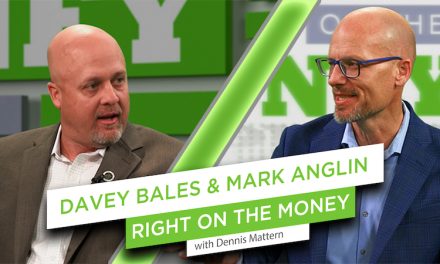The “Measure Twice, Cut Once” Approach is Universal in Retirement Planning
Union workers are eligible for retirement sooner than many workforce sectors. Potentially long retirements and science-based longevity create additional demand on resources. Workers considering retirement are tasked with education and execution of benefits typically handled by administrators.
Union workers known for an “early to rise” work ethic would be wise to apply that same urgency to their retirement planning. The reasons are many, but of primary relevance is their relatively young retirement eligibility age, often only 55, and the resulting demands on the resources needed to support increasingly long lives
Five years in advance is often suggested to initiate retirement planning. While that process may start from age 57 – 62 for those hopeful of retiring in their mid-60s, it can be as early as age 50 for union craftsmen and tradesmen who can often retire by meeting the age 55 threshold with 20 or more years of service.
Early retirement planning is advocated by financial planners due to the nuances of benefits largely unique to organized labor. Urgency is also rooted in the time needed for client education and acclimation. Among the circumstances:
• Some unionists are unaware that their retirement benefits, nearly fully funded by the contractors who employ them, can be subject to 10% withholding at distribution if the retiree desires a spousal benefit. With proper advance planning, the withholding expense can potentially be offset, but not eliminated.
• Union members are largely underserved by retirement planners. Compounding the situation is an unfamiliarity of union regulations in the adviser community. Accordingly, it may take some time to locate the best qualified planning resource, and to transition the roles that are traditionally served by an insular union.
• Unfamiliarity by retirees with the execution of benefits can lead to an assumed “cruise control” approach to retirement, when actually, awareness and vigilance are required. An example is healthcare insurance premiums, which the worker does not pay for while working, but is fully responsible for in retirement. Advance planning can produce an effective strategy to manage this substantial monthly expense, and the 10-year window until a 55-year old retiree becomes Medicare-eligible.
• With longevities now estimated at more than 86 years for men and 88 for women, age-55 union retirees should plan for a 30+ year retirement. Even when social Security is added, the 10-year differential over age-65 retirees can easily stress accumulated tax-deferred accounts and structured sequences of return.
Organized labor has long had a paternal and protective culture. Those seeking to retire as early as age 55 or soon after can benefit from an independent retirement planning specialist with the appropriate skills to navigate concerns of income, inflation, healthcare and taxes through what may be a relatively long retirement and asset distribution phase.
Syndicated financial columnist Steve Savant interviews top retirement specialists in their field of expertise. This segment features retirement specialist Lee Dillion. Right on the Money is a financial talk show distributed in daily video press releases to over 280 media outlets and social media networks.





